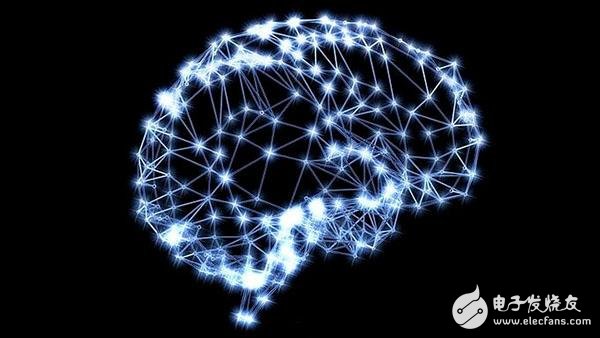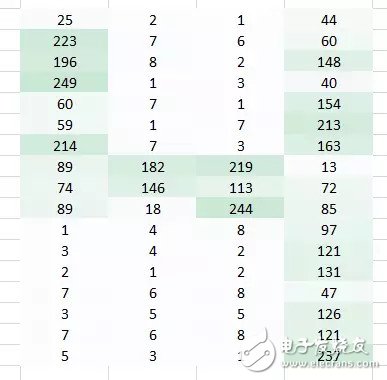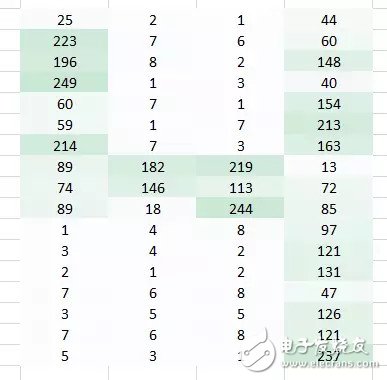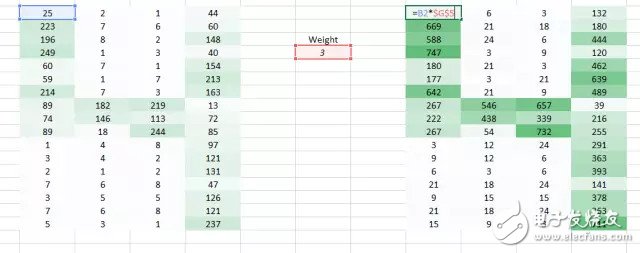Case analysis and conceptual understanding of image processing and convolutional neural network architecture
Recently, Dishashree Gupta published an article entitled "Architecture of ConvoluTIonal Neural Networks (CNNs) demysTIfied" on AnalyTIcsvidhya, which deeply reveals the convolutional neural network architecture used for image recognition and classification. The author also made a paper in the article. A comprehensive demonstration, I hope to have an in-depth analysis of CNN's working mechanism. Frankly speaking, for a while I couldn't really understand deep learning. I looked at related research papers and articles and felt that deep learning was extremely complicated. I tried to understand the neural network and its variants, but still felt difficult. Then one day, I decided to go step by step and start from the basics. I broke down the steps of the technical operation and performed these steps (and calculations) manually until I understood how they worked. This is quite time consuming and stressful, but the results are extraordinary. Now, I not only have a comprehensive understanding of deep learning, but also have good ideas on this basis, because my foundation is solid. It is one thing to apply a neural network at will, and understanding what it is and the mechanism behind it is another matter. Today, I will share my experience with you, show me how to get started with convolutional neural networks and finally figure it out. I will do a comprehensive display so that you have an in-depth understanding of CNN's working mechanism. In this article, I will discuss the architecture behind CNN, which was originally designed to address image recognition and classification issues. At the same time, I will assume that you have a preliminary understanding of the neural network. The human brain is a very powerful machine that can view (capture) multiple images per second and complete the processing of these images without awareness. But the machine is not like this. The first step in the machine's processing of images is to understand, understand how to express an image, and then read the image. Simply put, each image is a series of specifically ordered points (pixels). If you change the order or color of the pixels, the image changes. For example, store and read an image with the number 4 on it. Basically, the machine breaks the image into a matrix of pixels, storing the color code for each pixel representing the position. In the representation below, the value 1 is white and 256 is the darkest green (for simplicity, our example is limited to one color). Once you have stored the image information in this format, the next step is to let the neural network understand the sort and pattern. The values ​​characterizing pixels are ordered in a specific way. Suppose we try to identify images using a fully connected network. What should we do? A fully connected network can flatten it, treat the image as an array, and treat the pixel values ​​as features of the values ​​in the predicted image. To be clear, it is very difficult for the network to understand what is happening in the picture below. Even humans find it difficult to understand that the meaning expressed in the above figure is the number 4. We completely lost the spatial arrangement of the pixels. What can we do? You can try to extract features from the original image to preserve the spatial arrangement. Case 1 Here we use a weight multiplied by the initial pixel value. It is now easier for the naked eye to recognize that this is "4". But before handing it over to a fully connected network, you need to flatten it, so that we can preserve the spatial arrangement of the image. Case 2 Now we can see that flattening the image completely destroys its arrangement. We need to figure out a way to feed the image to the network without flattening, and also to preserve the spatial arrangement feature, which is the 2D/3D arrangement that needs to feed the pixel values. We can try to take two pixel values ​​of the image at a time instead of one. This gives the network a good insight into the characteristics of neighboring pixels. Since two pixels are used at a time, it is necessary to use two weight values ​​at a time. I hope you can notice that the image has changed from the previous 4 column values ​​to 3 columns. Because we are now moving two pixels at a time (pixels are shared on each move), the image becomes smaller. Although the image is getting smaller, we can still understand to a large extent that this is "4". Moreover, one important point to realize is that we are using two consecutive horizontal pixels, so only horizontal alignment is considered. This is one way we extract features from images. We can see the left and middle parts, but the right part doesn't look so clear. Mainly because of two problems: 1. The left and right sides of the picture corner are obtained by multiplying the weights once. Now we have two problems and we need two solutions. Case 3
ZGAR Aurora 2500 Puffs
ZGAR electronic cigarette uses high-tech R&D, food grade disposable pod device and high-quality raw material. All package designs are Original IP. Our designer team is from Hong Kong. We have very high requirements for product quality, flavors taste and packaging design. The E-liquid is imported, materials are food grade, and assembly plant is medical-grade dust-free workshops.
Our products include disposable e-cigarettes, rechargeable e-cigarettes, rechargreable disposable vape pen, and various of flavors of cigarette cartridges. From 600puffs to 5000puffs, ZGAR bar Disposable offer high-tech R&D, E-cigarette improves battery capacity, We offer various of flavors and support customization. And printing designs can be customized. We have our own professional team and competitive quotations for any OEM or ODM works.
We supply OEM rechargeable disposable vape pen,OEM disposable electronic cigarette,ODM disposable vape pen,ODM disposable electronic cigarette,OEM/ODM vape pen e-cigarette,OEM/ODM atomizer device.
Aurora 2500 Puffs,Pod System Vape,Pos Systems Touch Screen,Empty Disposable Vape Pod System,2500Puffs Pod Vape System ZGAR INTERNATIONAL(HK)CO., LIMITED , https://www.zgarette.com




2. The left side remains, because the weight value is high; the right side is somewhat lost because of the slightly lower weight.
